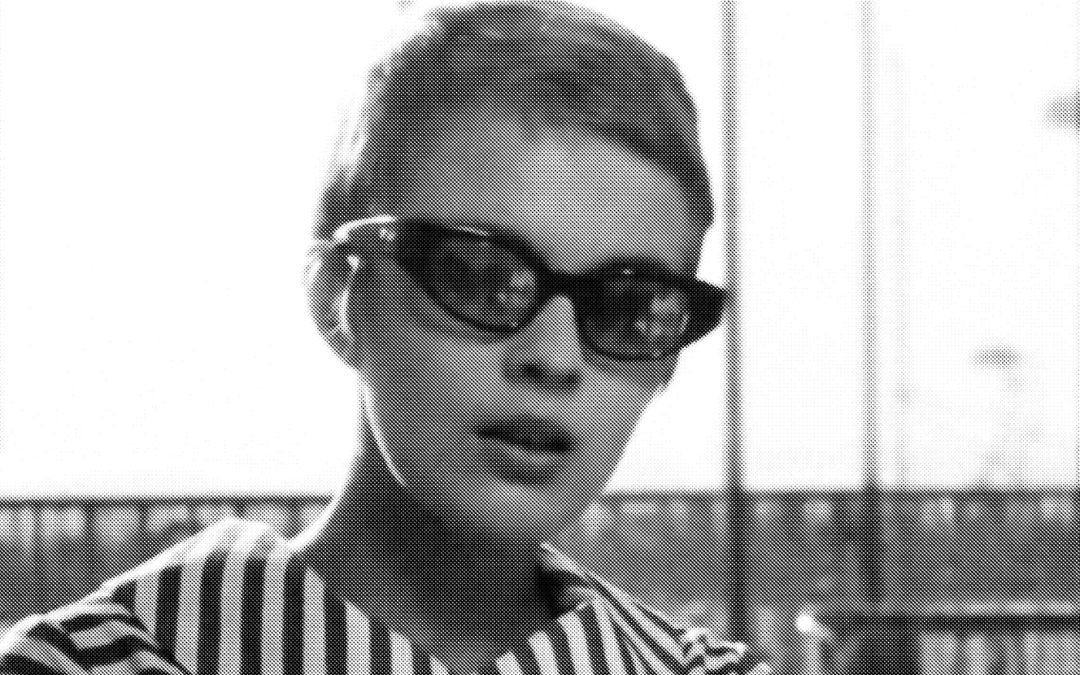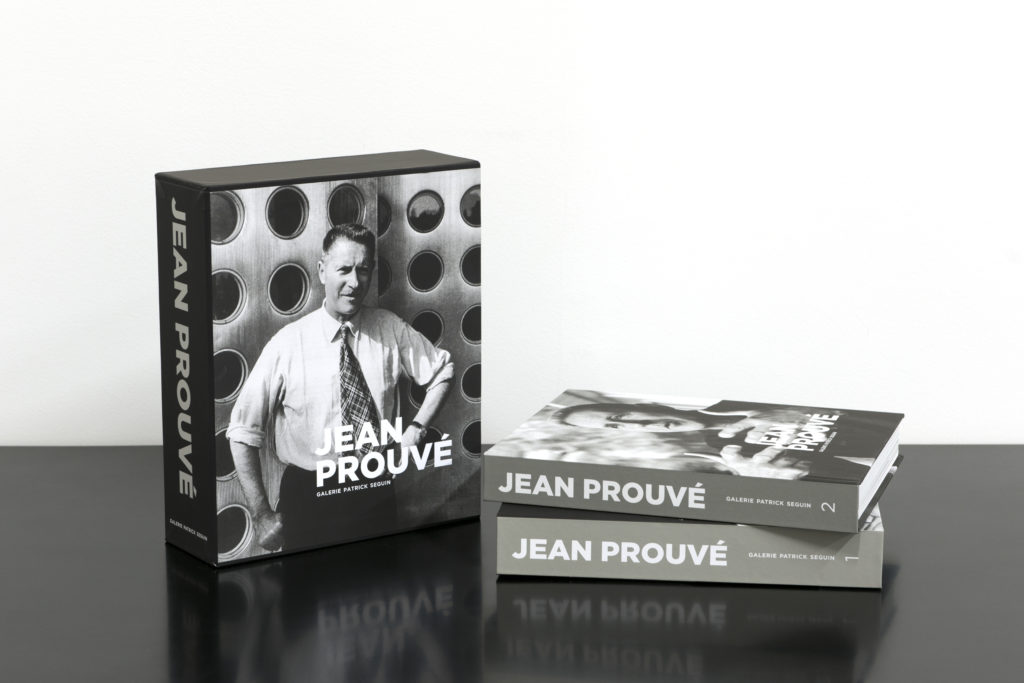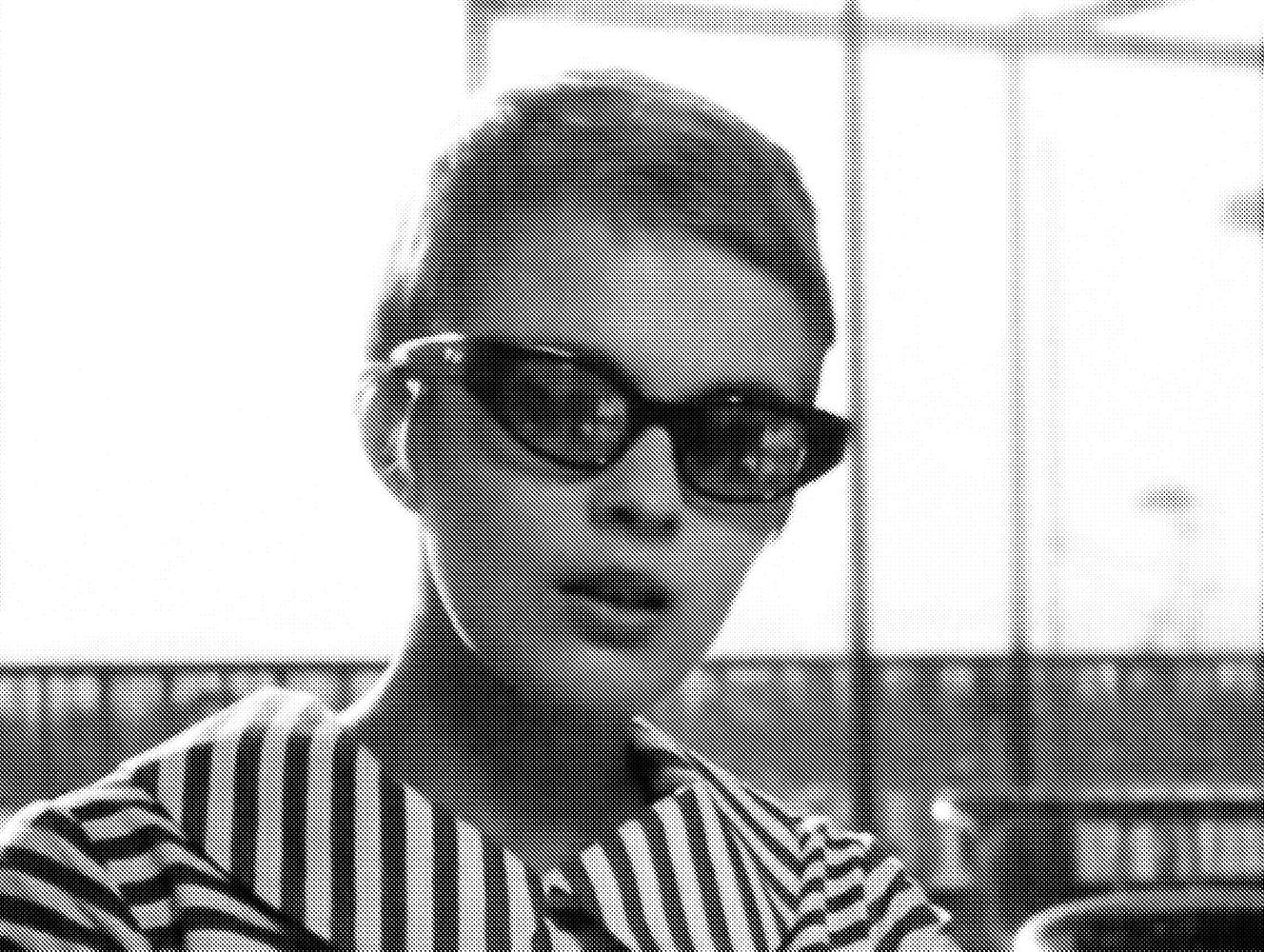
Breathless, directed in 1960 by Jean-Luc Godard and starring Jean Seberg.
HOW THEY KILLED JEAN SEBERG
By Frank Perrin
Suicide? Murder? Conspiracy? What really happened to Jean Seberg, the film icon and activist found dead in her car on August 30, 1979? A mysterious end for a woman who led a life of passion, always in search of freedom, love and justice. Throughout her life, she crossed paths with filmmakers, lovers and allies, as well as enemies who cast a menacing shadow over her last days. Did someone want Jean Seberg to disappear? Alain Mamou-Mani and Antoine Lassaigne seized on the phenomenon in their novel Kill Jean : Comment ils ont tué Jean Seberg, which blends fact and fiction to recount the tragic story of the most Parisian of American actresses.
Jean Seberg is a myth, an icon whom everyone has heard of, but no one knows. It’s this paradox that drew me immediately to the book. Her tragic destiny is riddled with mystery.
Antoine: Precisely. We included a short epigraph at the beginning of the book: There is no truth, there is only passion. When talking about Jean Seberg, there are at least fifty different truths. There are mostly passions. There are many possible versions of her life. People have written plenty of books without ever capturing the truth. It’s a story that emerges between the lines, telling of a person who is tragic, magic, impressive and untouchable.
Alain: Her third husband used to say, “If you want to understand Jean Seberg, most of the time she is Joan of Arc – her first film – and the rest of the time she is Lilith, the film she did with Robert Rossen and Warren Beatty where they are all locked up in an asylum”. It was always very interesting to observe this double nature, as Antoine was saying. She is hard to pin down because she had a Puritan and Lutheran upbringing… Her father was from Marshalltown, a small town in the Midwest. He owned the pharmacy in his town.
In Iowa, right?
Alain: Yes, that’s right. Even her mother’s lineage goes back to the Mayflower, which means she came from an extremely Puritan family. She used to pray at Church. She was extraordinarily sensitive. Her grandmother used to have her read poetry. She was always speaking out to protect animals. Once when she came home with a bunch of animals, her father asked her why and she replied: “They followed me home”. Then when she was fourteen, she joined the American Civil Liberties Union. Later on, she stood up for women’s liberation and Native American rights… She even offered them a building in Marshalltown where they could study. She was an activist by nature. She was chosen from among hundreds of candidates for the Otto Preminger film… When he saw her, he said: “Everyone out, she’s Joan”. She had the spirit of Joan of Arc inside her. Not that she heard voices, but she had that inspired, rebellious side that led her to stand up for all minorities. She was a pioneer of the 1970s activists.
Antoine: She was one of the first stars to speak out on major issues, along with Jane Fonda.
Alain: She used to say: “I’m the poor man’s Jane Fonda”. In fact, Romain Gary and Jean Seberg would often compete with Roger Vadim and Jane Fonda. It was amusing to watch them compete to save the world.
Antoine: She didn’t save the world and the world didn’t save her, because the end of her life is simply tragic. It was like a descent into hell. She bothered a lot of people, she caused scandals, she was out of control.
What kind of scandals?
Antoine: She arrived at the Algiers airport screaming: “I’m the wife of Bouteflika”. She acted like she was close to Bouteflika and kept company with Algerian dealers.
Alain: It was Angela Davis who introduced her to Bouteflika.
Antoine: After the scene at the airport, Bouteflika had her deported from Algeria. She was incredibly vocal and infiltrated political circles to advocate for her causes. On the night of her death, she called Romain Gary and told him: “People want me dead, warn Jacques Chirac”. Gary didn’t respond. He was tired of getting so many calls about similar threats all the time. Except that time, she disappeared for ten days and was found naked in the back seat of her car, after allegedly committing suicide with eight grams of alcohol in her bloodstream. Eight grams is impossible to digest; you wouldn’t even be able to stand up straight. There were certainly some strange details in the case.
It seems odd to lay naked on the back seat of your car if you are going to kill yourself.
Antoine: Yes, she was naked and wrapped in a poncho, without her sunglasses, which she needed to drive. And the car was covered in brush, leaves and dirt. Another odd thing is that the autopsy result that was kept in a small vial, even though it is difficult to obtain reliable analyses ten days after death. The vial, as well as Robert Boulin’s vial, vanished from storage…
Alain: The lock on the cabinet was broken and the vials had disappeared. She was friends with Robert Boulin, and they had the same bodyguard…
What happened with Boulin?
Antoine: Boulin was poised to become Prime Minister, but he was embroiled in a political scandal tied to a series of corrupt real estate deals. The other side exposed the scandal, and he was eventually taken to the Forest of Fontainebleau by a couple of SAC secret agents who roughed him up and told him to cut it out. Except things got carried away and the next day he was found dead in five centimeters of water, apparently by suicide. Very strange.
Alain: But to go back to Jean Seberg and all the iconic stars of the time, we never remember her activism, how she fought for the rights of Black people, the Black Panthers, women, animals… Instead we remember her haircut. We remember her as a fashion icon. Young people today do not remember who Jean Seberg was, but they want to get her boyish haircut at the salon. We realized that she already had that haircut in Bonjour Tristesse. She was also the pioneer of a look, a bit like Andy Warhol. It was a signature look.
That is in fact one of my theories on the topic. That’s all we remember. People often accuse fashion of being superficial and frivolous, but no matter how far back we go, all we remember is the fashion.
Antoine: Exactly, that’s what’s amazing.
Humanity remembers nothing but fashion.
Antoine: Seberg is a flagrant example of that trend with her sailor shirt. But when you see Jane Fonda, what do you think of? Barbarella.
Alain: Her eternal youth.
Antoine: It’s not the same thing; she is actually identified, embodied.
Alain: If you search Jean Seberg on the internet, you find a haircut and sailor shirt. It’s sad for her son who is still alive, Diego Gary. The image of his mother and all the qualities she possessed – she was a poet, she wrote memoirs, she frequented André Malraux, Clint Eastwood…
Are there any plans to make a movie about her?
Alain: Yes, it was bought by Amazon: Against All Enemies with Kristen Stewart playing Seberg.
Antoine: It’s about the relationship between Seberg and the FBI. They were mortal enemies.
It hasn’t come out yet?
Alain: It’s coming soon.
And after Saint Joan?
After Saint Joan, she shot Bonjour Tristesse. She’d had enough of Otto Preminger – she called him the Führer. Then she worked with Godard on Breathless. Its massive global success allowed François Moreuil, her first husband, to cut a deal with Colombia. That’s when she met Romain Gary, then Consul General of France in Los Angeles. When he saw Moreuil waltz in with fine Weston shoes, he asked if he could try them on. Moreuil said yes and Gary told him: “It feels good to be in your shoes”.
Antoine: And then he left with his wife. (laughs)
Did he keep the shoes, too?
Alain: No, he returned the shoes. (laughs) At the time he was married to Lesley Blanch, a great English writer who was very successful. She once said: “When I saw the way he looked at Jean Seberg, I knew it wasn’t like the other little adventures he had in Hollywood and that it was going to become something serious”.
Antoine: To make the story more contemporary, we decided to portray two heroes: a young American woman of twenty who is a babysitter in Paris and who becomes one of Jean Seberg’s groupies. She tries to look just like her. Telling the story of a woman who died forty years ago is challenging, so we focused on the angle of a woman who identifies with this late, fallen star. She starts to look more and more like her. If there is ever a film adaptation, the same actress will play Jean Seberg and the young American who tries to look like her forty years later.
Alain: And who ends up in an asylum.
Antoine: Yes, and she meets an American writer living in Paris, a sort of Romain Gary who is twenty years her senior.
Alain: A Bradley Cooper.
Antoine: And they have a relationship. We tried to recreate the same initiation story today with the young American woman and the American writer, who follow in the footsteps of Jean Seberg and Romain Gary.
It’s like fictional cloning.
Alain: Nowadays you have to stay current and contemporary no matter what. There is both the immortal side with the sailor shirt and short hair, and at the same time we injected this contemporary story. On top of that, it is now forty years to the day since Jean Seberg passed away.
I learned in the novel that she is buried nearby, in the Montparnasse Cemetery.
Antoine: Yes, we went to see her tomb, where people have left all these little notes. “Your killers are still out there”.
That’s amazing. Is there still an ongoing investigation?
Antoine: All the investigations were bungled. You get the impression that, in the end, it suited people just fine to see her disappear without anyone really looking into it. Because behind the scenes was the Algerian secret service, drug traffickers, the CIA and no telling who else. It’s like there is a strange nebula around her.
Alain: It was during the run-up to the elections, and you get the impression that her death was a sticky mess that bothered people. People didn’t want to find out what really happened. So the death of a star was eclipsed by the political context.
Antoine: She was a fiery woman who spoke out to galvanize politicians – while she was also very well connected with Algerian dealers through the people around her ex-fiancé.
How long did she stay with Gary?
Alain: They spent nine years together. Afterwards she married John Berry’s son, Dennis Berry, who is still alive today.
Antoine: An American director who lives in France.
Alain: After that she was with the infamous Ahmed Hasni, a playboy and pathological liar who even lied about his date of birth. He said he was ten years younger than he was.
Antoine: And he robbed her and beat her.
Alain: We’re talking about eleven million French francs, the price of her apartment.
Antoine: Her son filed suit. Hasni would have spent nine years in prison, but the police reports vanished.
Could he have killed her?
Antoine: It is certainly a valid question. That is at least the version we mention.
Alain: No, it’s not us. Our heroes discover a truth.
Antoine: In hindsight, the most telling detail for us is that she disappeared on the night of August 29. The next morning, Hasni, who was living with her, noticed at nine in the morning that she wasn’t at home. So he went to the police station and reported her missing. It’s kind of strange. In fact, there is no better way to cover your tracks. Especially since she was such an unpredictable person, she could disappear for three days and then resurface.
Alain: Her son and Romain Gary gave a press conference on September 13, just three days after her body was found in her car, where they hurled accusations against the FBI. It’s very interesting and the key to the whole story. In the 1970s, she stood up for the Black Panthers and raised funds for them together with other stars like Marlon Brando. They were activists who wanted to partition the United States in two: Black people in the South and white people in the North. They encouraged people to kill cops, or “pigs” as they called them, and screw white women. She fell in love with a purported cousin of Malcolm X, Hakim Jamal.
Antoine: He was already a father of six. She gave him a lot of money. Hoover was the FBI chief who hated Black people, Communists, revolutionaries and anyone who didn’t like cops. So he made Jane Fonda and Jean Seberg his sworn enemies. Jean was shooting a film in Mexico, dating Carlos Fuentes whom she cheated on with Carlos Navarro, a Mexican student leader with whom she became pregnant. After six months, when it became clear that she was in fact pregnant, Hoover leaked the information to the gossip column in the Los Angeles Times, saying she was pregnant with a Black man’s baby while still married. Romain Gary reassured her and placed her in a clinic in Switzerland. He assured her that he would be a father to the child. But due to the shock of the scandal, she lost the baby. To show that her child was white, she buried it in Marshalltown in a glass coffin.
Alain: After the child’s death, she attempted suicide every year on August 25. But in 1979, she had already attempted suicide on August 18 by laying down on the subway tracks at Montparnasse. The subway driver hit the brakes, so she had already attempted suicide that year. That’s why our heroes do not believe the suicide hypothesis.
What clues guide them on their investigation?
Antoine: They discover a secret CIA report that the babysitter finds while working for an American diplomat who gets mixed up in the affair. The report tells what happened on the fateful night of August 29.
Alain: You realize at the end of our novel that she was the victim of a conspiracy. It was no coincidence that she ended up at the American diplomat’s house.
That’s diabolical.
Antoine: The idea is for our heroes to live through the type of manipulation that Seberg probably experienced.
Alain: That’s why the book ends with the words: “Jean Seberg died of a Hooverdose”. (laughs)
Antoine: It’s the tragic and touching story of a woman who was probably very unhappy.
Alain: I think she’s an extremely interesting person and I have a lot of sympathy for her. She was born too soon into a violent world. She had so much courage and determination to fight for others.
Antoine: Nowadays everyone wants to save the world and the planet. I think Jane Fonda was better armed, less attackable. All the aggression fell on her shoulders instead of Marlon Brando or Jane Fonda, because she was too fragile. Towards the end of her life, she no longer filmed much. She was very proud of a magnificent film called Lilith in which she is interned in a psychiatric ward. She said it was the role that most resembled her. Her bipolar character is on full display in the film. I think the character is very close to her actual personality. Our heroine, Sue White, is also taken to an asylum.
Alain: In terms of philosophy, I would say that Jean was a Superwoman, in the sense of Nietzsche’s Superman, who lacked the resources to achieve her ambitions.
Antoine: And especially one who was attackable, and more vulnerable than others who could have defended themselves more easily.
She catalyzed all the prevailing neuroses.
Alain: She died in August 1979, at the end of the revolutionary years that began in 1968.
It was the dawn of disenchantment.
Alain: Exactly, the cash money years.
Antoine: And then political change came with Mitterrand in 1981.
Alain: An important element for your magazine is that she was a star on both sides of the Atlantic. It’s funny because there are so few iconic actresses like her from the New Wave, who also appeared in big commercial movies like Paint Your Wagon with Clint Eastwood or Airport. That’s how she earned her dual nationality and her dual influence as a binational heroine.
Seberg was the only American woman who truly embodied the Parisian spirit. We can compare her to Audrey Hepburn who embodied the New Yorker spirit. Seberg is about independence. What is the spirit of the the Parisian? She’s the girl you can’t tame.
Alain: Jean Seberg carried a Hermès bag at her marriage, a Kelly. Guy Laroche dressed her. She no longer wore her sailor shirt. On her wedding day she was a true fashion icon.
Yes, she embodies something absolutely timeless.
Antoine: She has character; she’s unpredictable. She was the most Parisian of American women.
What do you think Jean Seberg dreamed about? Do you think her dreams would resonate with today’s generation?
Alain: Jean had many dreams. She dreamed of a world in which Black people would be respected, women would be equal to men, animals would be treated with kindness… She wrote to Malraux asking France to apologize to its former colonies for its treatment of slaves.
She had more activist dreams than actress dreams, more action than theory, and that’s what resonates today.
Young people want to take action and they want to see results. Like Susan Taylor says: “We don’t have an eternity to realize our dreams, only the time we are here.”
Antoine: Jean probably dreamed of a novel in which her story with Romain Gary would have a happy ending. Like young people today who read very little but want to live like they are in a novel…
Interview by Frank Perrin.
Kill Jean comment ils ont tué Jean Seberg, by Alain Mamou-Mani and Antoine Lassaigne, Balzac Editions
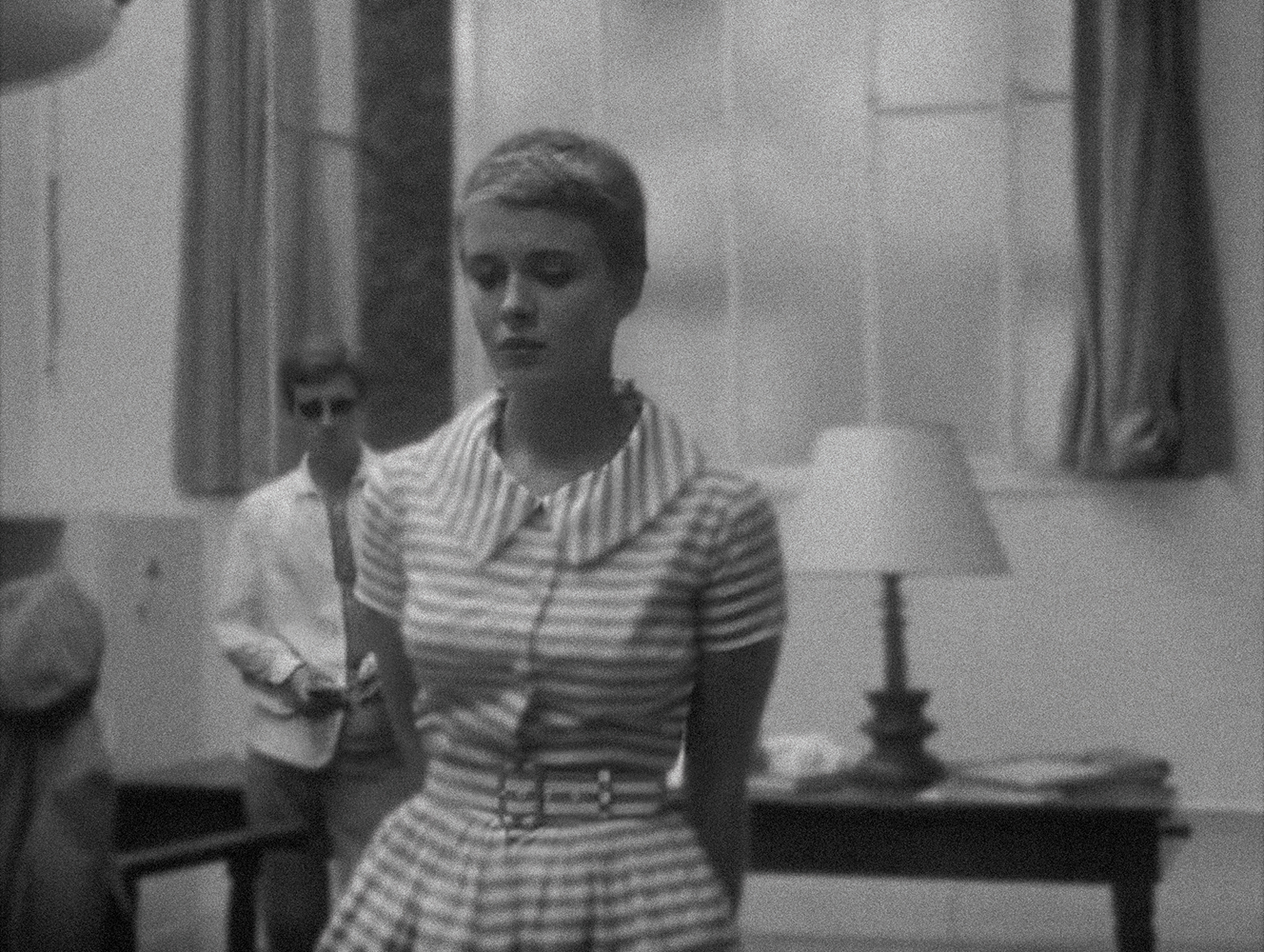
Breathless, directed in 1960 by Jean-Luc Godard and starring Jean Seberg.
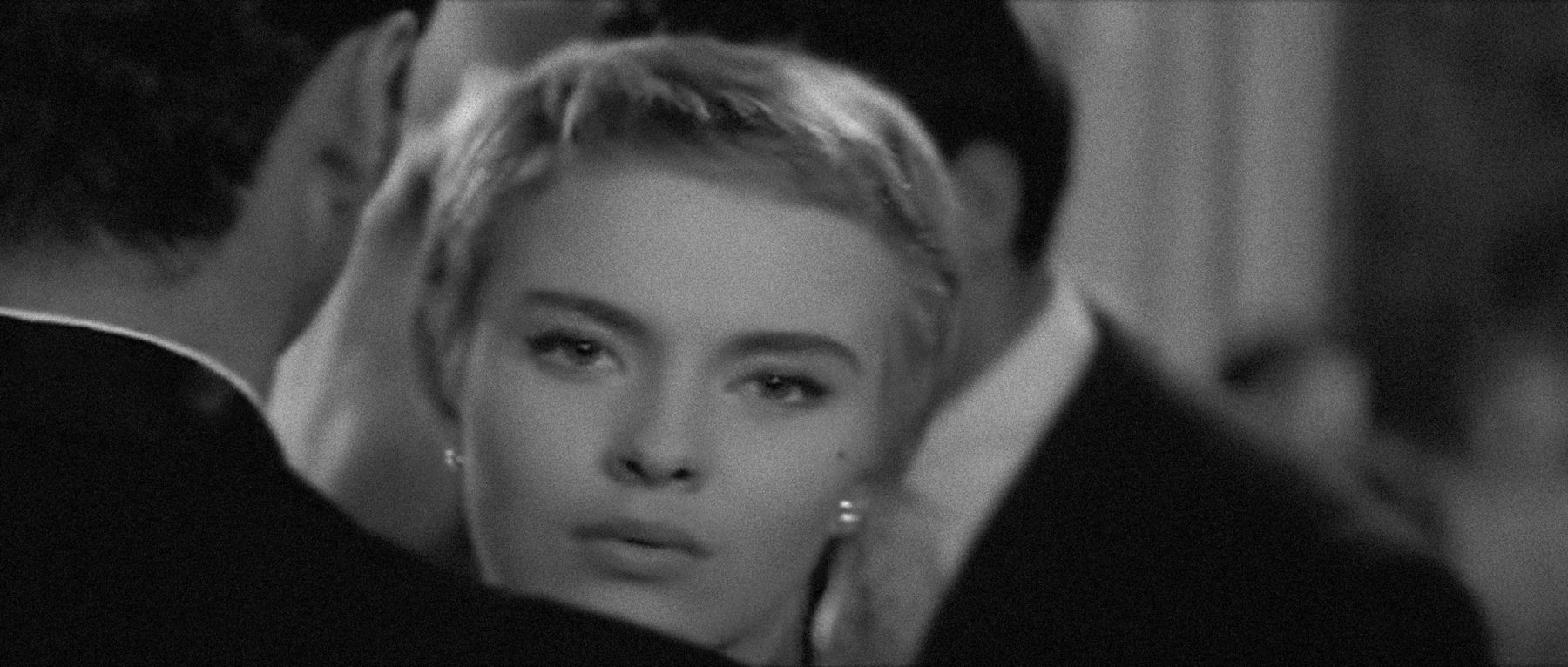
Bonjour tristesse, directed in 1958 by Otto Preminger and starring Jean Seberg.
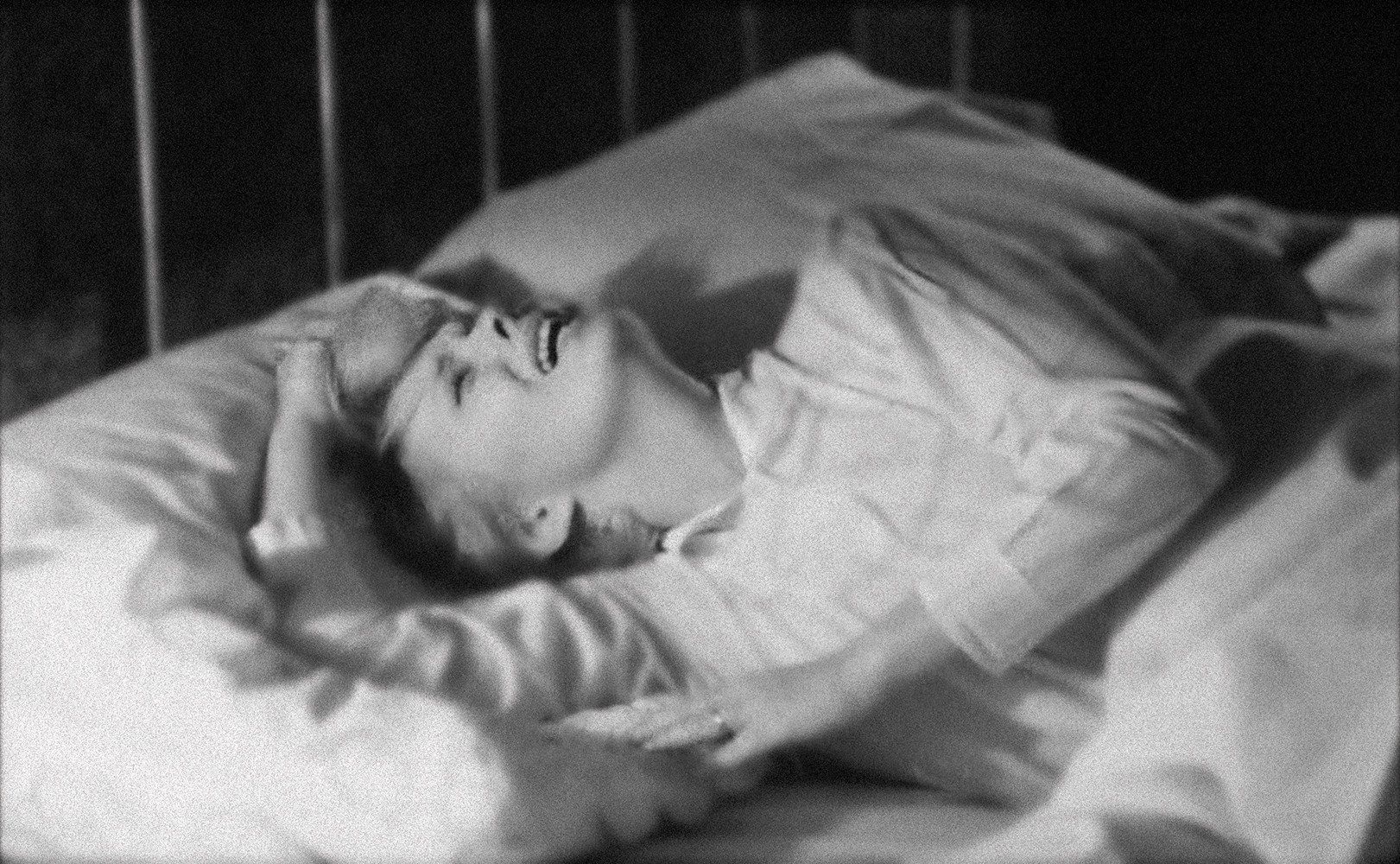
Les Hautes Solitudes, directed in 1974 by Philippe Garrel and starring Jean Seberg.
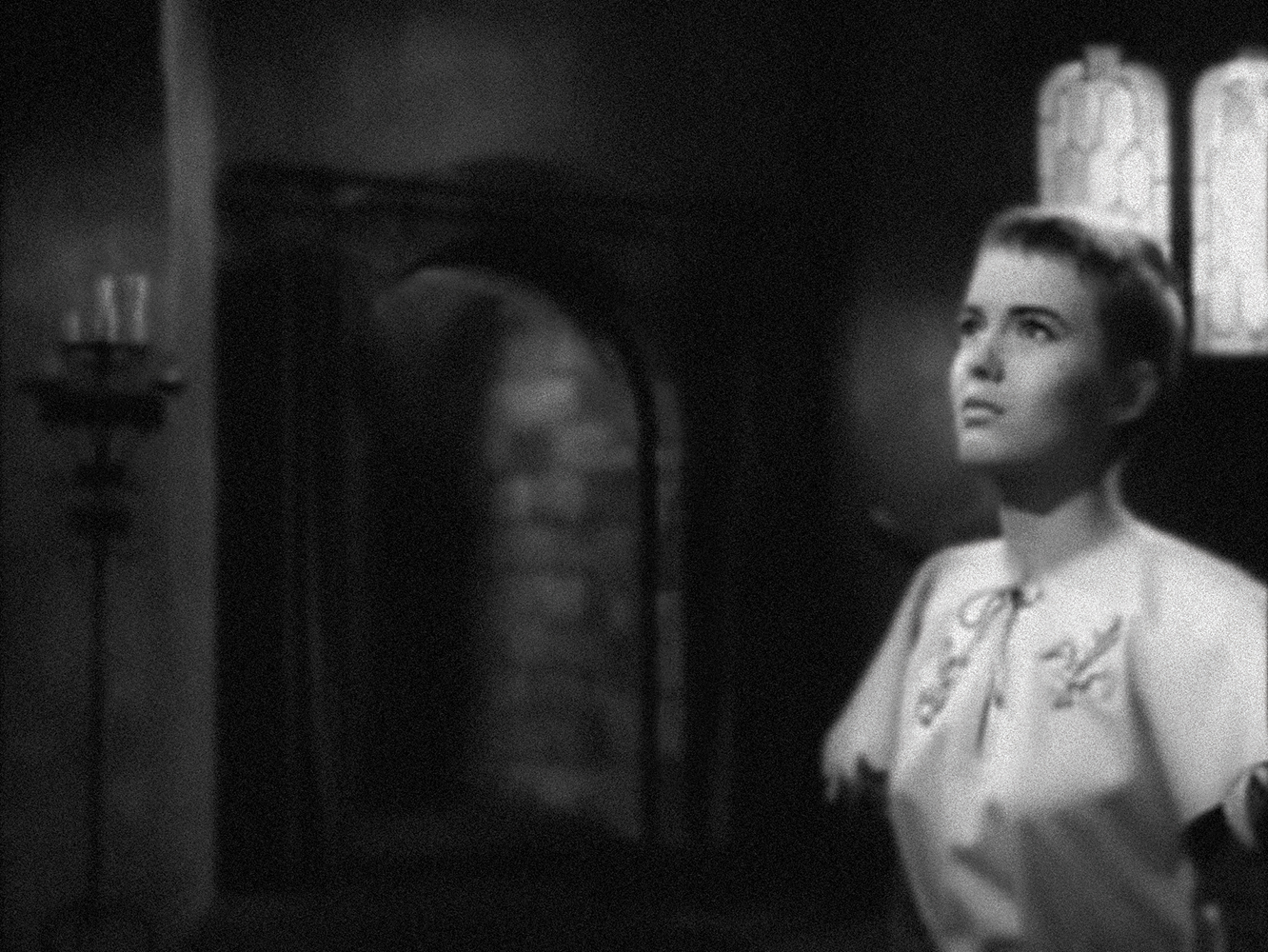
Saint Joan, directed in 1957 by Otto Preminger and starring Jean Seberg.






